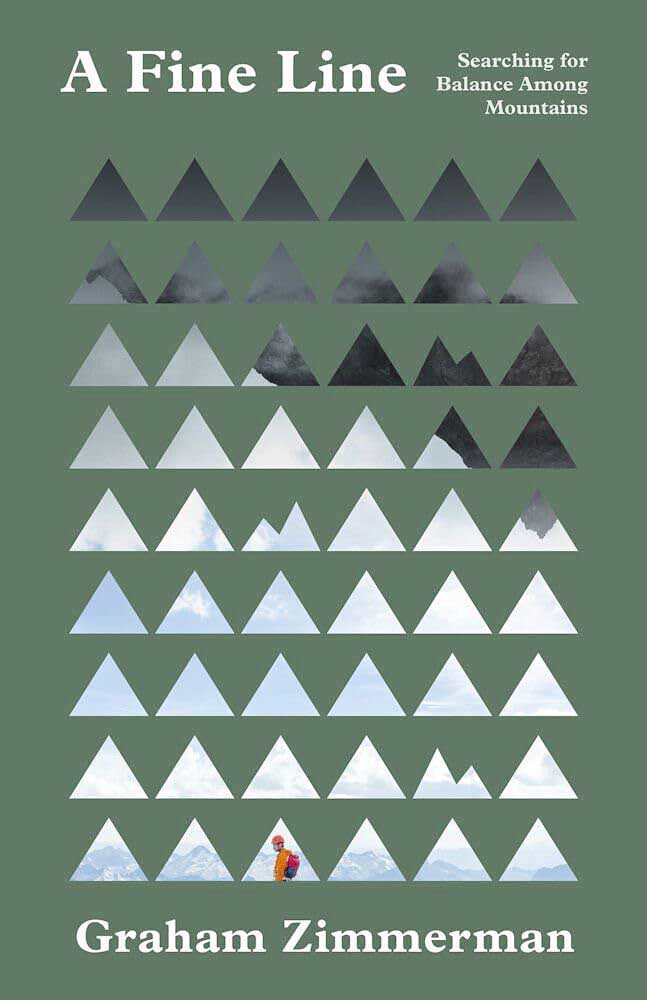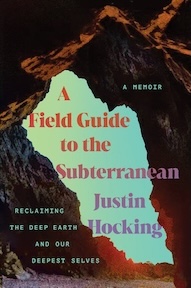Bookmonger: Reckoning with a high-altitude sport
Published 9:00 am Tuesday, February 27, 2024

- In this book, author and professional climber Graham Zimmerman speaks from a geology background on responsible climate practices in mountaineering.
I know the pleasure of hiking up to local mountaintops and surveying the terrain.
Trending
But I’ve never understood the zeal of true mountain climbers — I guess the sleeker, preferred term now is “alpinists” — who seem willing to risk their lives in scaling peaks that present a much more treacherous array of obstacles in terms of altitude, extreme weather, ice fields, avalanche dangers and sheer rock faces.
One of the recent releases from Seattle-based publisher Mountaineers Books has been sitting on my bookshelf for a while, and I confess I’ve been avoiding it.
“A Fine Line” by Graham Zimmerman
Trending
Mountaineers Books — 224 pp — $19.95
To my mind, too often the mountaineering life seems to consist of reckless bravado, an outrageous expenditure of resources, and wastefulness ranging from left-behind trash to lost lives.
But when I finally got around to reading the first pages of “A Fine Line,” I detected a somewhat different tone.
Author and professional climber Graham Zimmerman was born to American parents in New Zealand, grew up in Seattle and now lives in Bend. As a teenager, he started backcountry skiing and climbing throughout the Cascade Mountains, preferring those activities to the more comfortable lowland options of soccer matches and Frisbee games.
He returned to New Zealand for college, earning a degree in geology and, just as important to him, climbing the peaks there.
In “A Fine Line,” he describes the high-altitude career path he has built then. It has not been without injuries and setbacks, but he makes a point of learning from those.
Early on, Zimmerman figured out a way to combine his geology training with mountain climbing, by hiring himself out to do backcountry surveying for mineral deposits all across the planet.
In Eritrea, for example, he was involved in taking measurements that led to the discovery of massive gold deposits. He assumed this would lead to an improved life for the locals, but instead, the eventual development of gold mines there led to forced labor and a mass exodus of people.
When he heard about this, Zimmerman recognized his unintended complicity and knew he had to recalibrate. This is one of the many instances where this book’s subtitle, “Searching for Balance Among Mountains,” really comes into play.
Zimmerman had already heard about “the 100-year plan” from one of his mentors – where any decision made during a mountain-climbing expedition had to be considered alongside the long-term goal to live to be a centenarian. (“If you survive to be 100 years old, imagine how much climbing you can do.”)
But another factor that has come into play is the impact Zimmerman is witnessing of a warming climate, not only on mountain glaciers and snow packs but also on those who inhabit mountainous areas.
Now, he combines his work as an alpinist with outspoken advocacy for responsible climate policies.
“A Fine Line” is a thoughtful book — full of complexities, and not without contradictions. But it does signal a welcome change from the unabashedly macho climbing books of yore.









